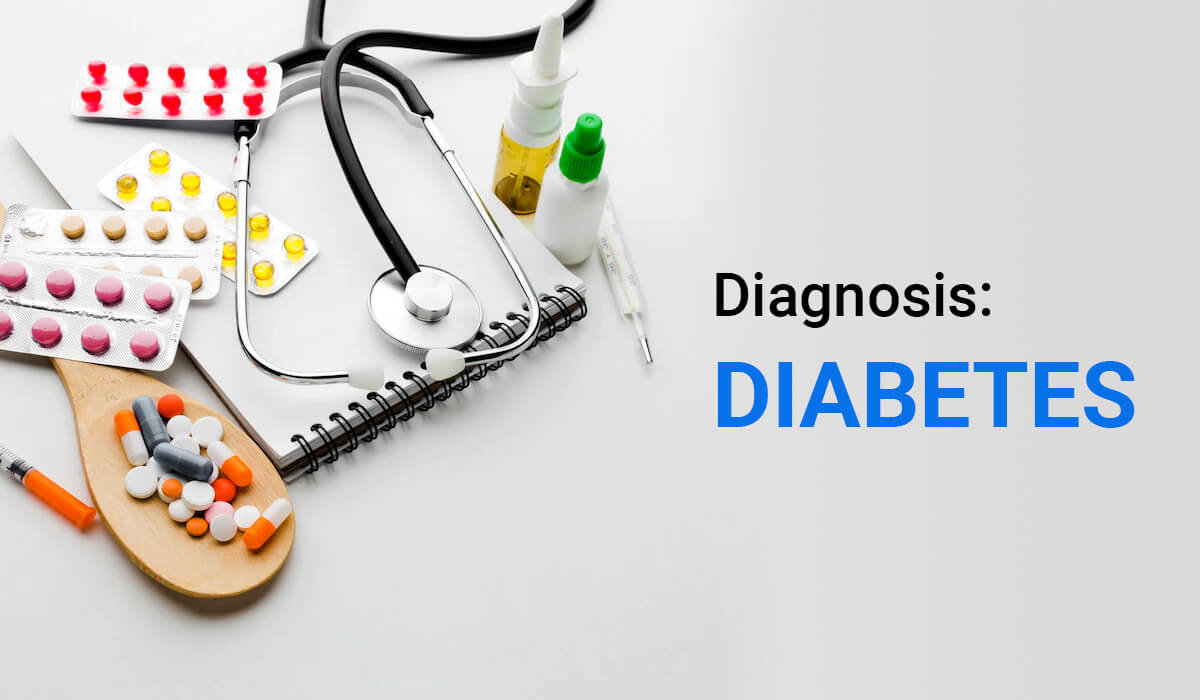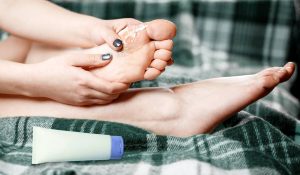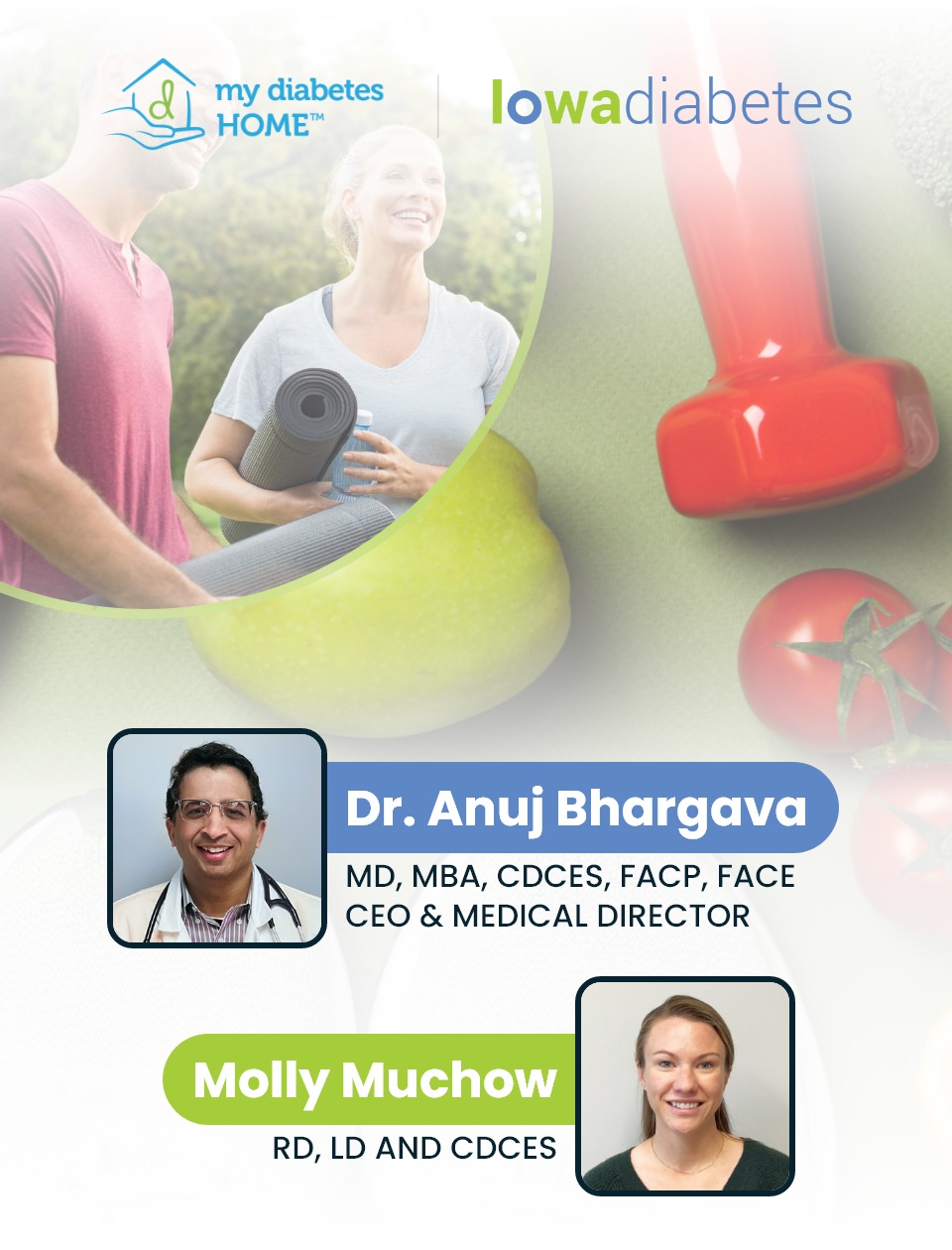
Just Got Diagnosed with Diabetes…Now What?
A diabetes diagnosis can be overwhelming and can stop you in your tracks.
In many cases it can motivate you to improve your lifestyle, starting with diet and exercise, but in some cases, it can cause denial.
The first thing to remember is that you are not alone. According to the American Diabetes Association (ADA), 1.4 million people are newly diagnosed with diabetes every year in the United States, with an estimated 8.5 million people living with undiagnosed diabetes. Let’s get started learning about diabetes.
📌 Types of Diabetes
Diabetes is a disease associated with the inability to process sugars in the body. This makes the sugars remain in the bloodstream and not reach the cells where it is needed to create energy. While the resulting high blood sugars are the same, the cause of diabetes can differ and that is what we refer to as the type of diabetes.
✔ Type 1
Nearly 1.9 million people in the United States have Type 1 diabetes. This is an autoimmune disease, where the patient’s body destroys the part of the pancreas that makes insulin. Insulin is the hormone that brings sugar from the bloodstream into the cells for usage. All patients with Type 1 diabetes will be insulin-dependent.
✔ Type 2
Type 2 diabetes is a metabolic disorder most commonly associated with insulin resistance. This resistance is when the body does not respond to insulin the way it should, leading to high blood sugar.
✔ LADA
Latent autoimmune diabetes in adults (LADA) is considered slow-forming autoimmune diabetes, similar to Type 1. Just like with Type 1 diabetes, the pancreas is not able to make enough insulin to keep blood sugars in control.
✔ Gestational
Gestational diabetes happens during pregnancy. It is caused by pregnancy hormones and puts you at a higher risk of developing type 2 diabetes in the future.
📌 Managing Your Diabetes
It’s recommended to get at least 150 minutes of moderate exercise per week. This exercise can keep your body healthy and help prevent lots of complications later in life.
On top of diet and exercise, there are lots of different medications patients with diabetes may be put on. Those with LADA or Type 1 diabetes are commonly put on insulin, whereas Type 2 diabetics tend to start with oral medication, like metformin. There are also some injectable medications, like Ozempic that are being used quite often for Type 2 diabetes as well.

It’s recommended that all patients with diabetes get diabetes education. This can teach patients about their medications, their diabetes, and diet and exercise. Diabetes education focuses on supporting and empowering participants by giving them the skills and confidence to cope with and manage diabetes.
The program can be taught in a group or individual setting and can be offered in person, online, or by phone. It’s tailored to a person’s lifestyle, beliefs, culture, and goals and is guided by medical standards. It is led by a diabetes educator like a registered dietitian, registered nurse, or pharmacist.
 There are four critical times to join diabetes education.
There are four critical times to join diabetes education.
- When you first get diagnosed
- Annually and/or when you’re not meeting treatment goals
- When new complications arise (medical, physical, or psychosocial)
- When transitions in life and care occur
Remember that you are not alone in your diabetes journey. Rely on friends, family, and healthcare providers for support whenever needed. There are Facebook pages to follow including Iowans with Diabetes and our own Iowa Diabetes page as well. These groups can be used to connect with other people with diabetes and to get some tips and tricks on how to continuously manage your diabetes.
Summary Being diagnosed with diabetes is not only hard, but can be very overwhelming as well. There is so much information to take in, including lifestyle changes and new medications you’re prescribed. You are not alone in this journey, so make sure you reach out to those around you whenever you are in need of some additional support.






